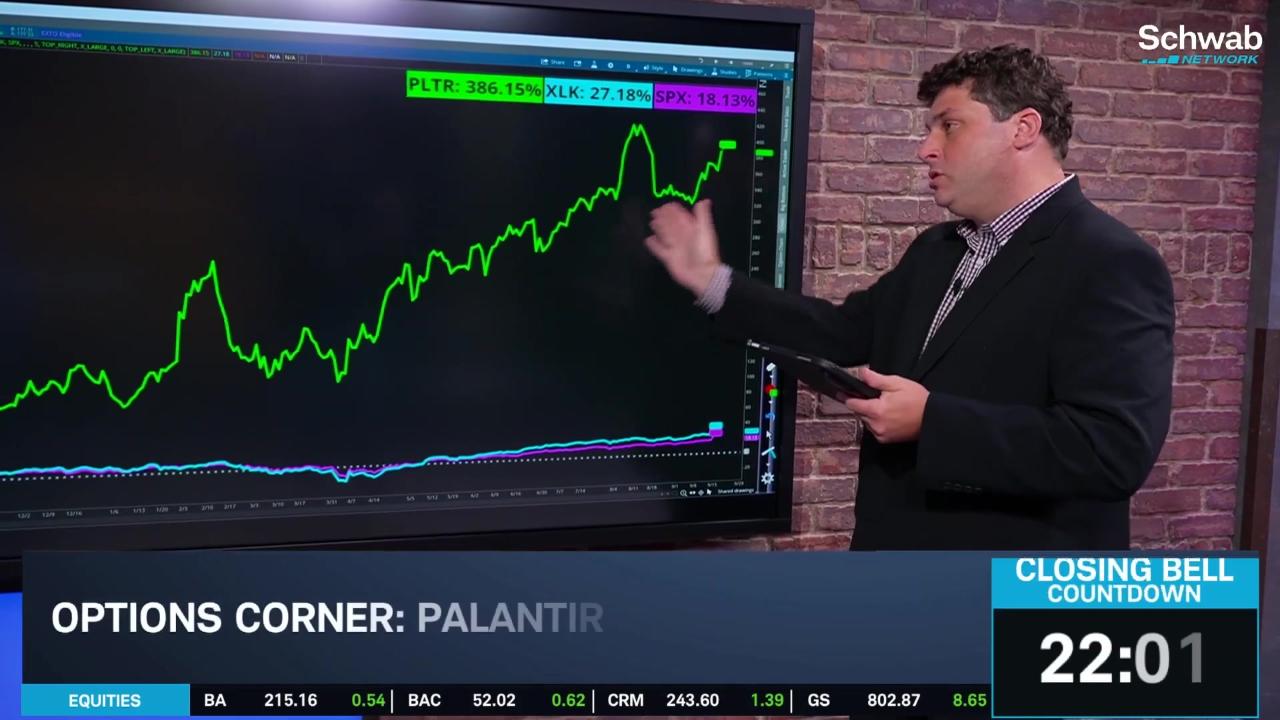- Market Minute
- Posts
- September Fed Shift: Markets Rally on First Rate Cut Since 2024
September Fed Shift: Markets Rally on First Rate Cut Since 2024

Markets entered the week with cautious optimism, reflecting anticipation that the central bank would finally begin trimming rates in response to mounting evidence of labor market weakness and slower growth. By mid-week, that expectation was fulfilled as the Federal Open Market Committee (FOMC) cut the federal funds rate by 25 basis points, lowering the target range to 4.00–4.25 percent. It was the Fed’s first rate cut since December 2024 and a decision broadly expected by investors.
Economic data leading into the meeting had already painted a mixed picture. Job growth slowed sharply in August, with payroll gains well below trend and the unemployment rate ticking higher. While unemployment remains relatively low in historical terms, recent data suggests the labor market is losing momentum. The last two labor market reports have been disappointing, with the establishment survey pointing to far smaller job creation in recent months than had been initially expected.
On the inflation side, consumer prices remained elevated, yet producer price data has been more subdued, offering some hope that price pressures may not accelerate further.
The Summary of Economic Projections (SEP), released alongside the policy statement, offered additional insight into the Fed’s thinking. The median committee member raised the 2025 GDP growth forecast to 1.6%, up from 1.4% in June, and projected further modest gains in subsequent years.
Unemployment, however, is expected to climb, with the SEP anticipating a rate near 4.5% by the fourth quarter of 2025 and edging higher through 2026 and 2027. Inflation projections were less encouraging: the Fed still sees headline PCE inflation running at roughly 3.0% this year and core PCE slightly higher, well above the 2% target.
Markets responded in a manner consistent with expectations. Equity indexes rallied as investors priced in cheaper borrowing costs and a softer yield environment. The S&P 500 (SPX), Nasdaq (NDX), and Dow Jones Industrial Average ($DJI) all posted solid weekly gains so far, The Russell 2000 (RUT) outpaced large-caps, a reflection of investor appetite for growth-oriented and rate-sensitive companies. Sectors tied to falling long-term yields such as semiconductors, data-center real estate investment trusts, and industrials have performed particularly well.
Bond markets also registered the Fed’s shift. Short-term Treasury yields declined in line with the policy cut, while long-term yields initially drifted lower as well, boosting prices on the 30-year bond and other long-duration fixed income securities.
The week’s developments thus crystallized the new phase of U.S. monetary policy. With unemployment edging higher, GDP growth cooling, and inflation still above target, the Fed has chosen a cautious path of incremental easing. Markets welcomed the move but remain alert to the risks of inflation drift and potential policy missteps.
For investors, the September meeting was both a relief and a reminder. Relief that monetary tightening may be behind them, and a reminder that the road back to stability will likely be gradual, uncertain, and dependent on the evolving balance between growth and inflation.
Morning Minute
Featured Clip
Tune in live from 8 a.m. to 5 p.m. ET, or anytime, anywhere, on‑demand.
Or stream it via thinkorswim® and thinkorswim Mobile, available through our broker-dealer affiliate, Charles Schwab & Co., Inc
Please do not reply to this email. Replies are not delivered to Schwab Network. For inquiries or comments, please email [email protected].
See how your information is protected with our privacy statement.
Charles Schwab and all third parties mentioned are separate and unaffiliated, and are not responsible for one another's policies, services or opinions. Schwab Network is brought to you by Charles Schwab Media Productions Company (“CSMPC”). CSMPC is a wholly owned subsidiary of The Charles Schwab Corporation and is not a financial advisor, registered investment advisor, broker-dealer, or futures commission merchant.

